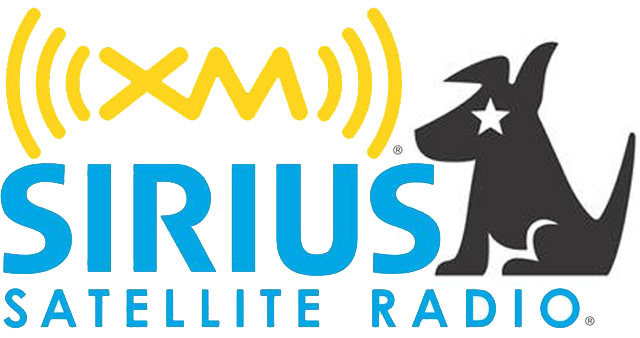
My yearly subscription bill for my SiriusXM satellite radio came the other day. I had sticker shock – it was $250 for the year. I am sure the rate had gradually grown over time. I probably didn’t pay much attention over the years, but am trying to pay more attention to credit card spending and bank statements. But I have only one player in my car. What happened? I thought this was the best deal in the world several years ago (before Sirius merged with XM) – and I am sure it was originally only $10 per month.
I immediately cancelled my subscription. I now play Pandora on my iPhone for free on my car stereo. Sirius called me and offered me a special incentive to come back – 6 months for $25 total. I said no. I now have free unlimited music.
I loved SiriusXM Radio for years; lots of choice and channels. I am also not a big music downloader and love a broad range of formats, which makes downloading music less satisfying. I guess my love of SiriusXM also subsidized a lot of introductory offers.
The Loyalty Program
This brings up a point about the marketing term “loyalty”. Loyalty programs are designed to keep customers from leaving a brand. They usually come in the form of incentives that hook the customer with entitlements and discounts to make them feel important, happy, so that they don’t think about leaving.
Subscription services (cable, satellite radio, etc.) have a long way to go in building loyalty programs. I have often heard the usual cocktail party story about a neighbor calling the cable company and threatening to leave, only to have some whimpering employee promise them the introductory rate again to stay. This approach to loyalty is not smart from the provider standpoint. It seems overly risky to wait until a customer is so mad that they want to leave, to then pull out a special rate to get them to stay. Lacks sincerity and many people will avoid this type of conflict and just switch. But marketers know that it is far cheaper to keep an existing subscriber than to get a new one. But they are trapped in introductory incentive programs that build users and ignore their existing users, who are paying the bills.
Put Loyalty in the Program from the Start
Build loyalty programs into the consumer lifecycle right from the start. Tell customers that rewards for staying are fantastic, and you will become an “Elite VIP member” with special perks and discounts. The customer will never want to leave.
I knew that my SiriusXM was never going to be as cheap as the introductory rate, but ignoring me as a loyal customer until the day I decide to leave is not good either. Why not offer me a declining rate over time and tell me how much I am saving as a “member” of the loyalty club. “Mr. Clark, you are our hero!! If it weren’t for loyal guys like you we would be out of business!!” “Darn right”, I would say – and never leave.
Oh well, I do like my Pandora.

